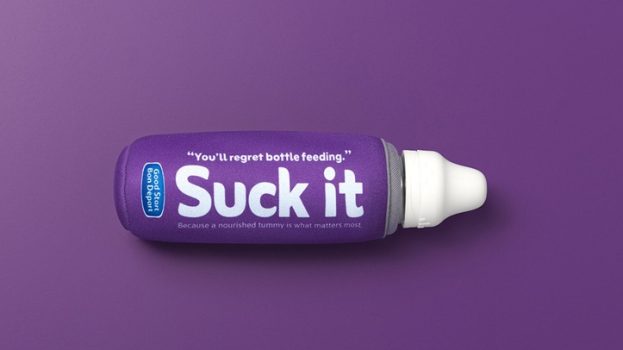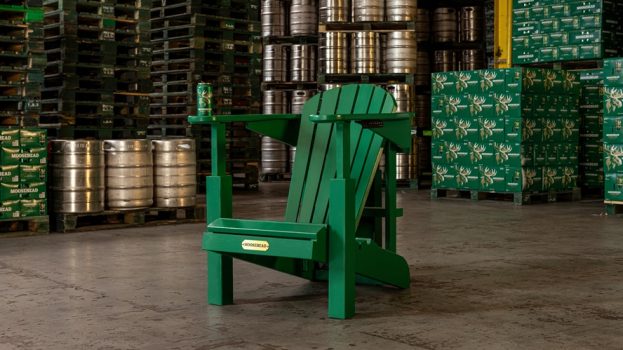Procter & Gamble’s revenue continued to rise in Q2, again largely fuelled by higher demand for its home care and cleaning products.
The CPG giant and maker of Tide, Charmin, Oral-B and Pampers, reported Q2 net sales rose 8% to $19.75 billion, beating analyst expectations of $19.27 billion, with organic sales also up by 8%.
Much of what execs had to say about the quarter sounded very familiar, with Jon R. Moeller, P&G’s vice chairman, COO and CFO, reaffirming in an earnings call the commitment to strengthening “the long-term health and competitiveness of its brands” and picking up on consumer preference for “established, reputable brands that solve newly framed problems better than alternatives.” That has been supported by boosting its marketing spend, which Moeller said continued in Q2 with an increase of roughly 7% year-over-year. Though there are no plans to scale that back now, he did add that it could move in line with sales figures and efficiencies it finds.
But a big focus for investors was how P&G is approaching pricing, as volatility in the marketplace stabilizes (at least, relative to last spring) and P&G’s own margins begin to expand (on a currency-neutral basis, reported gross margin increased 200 basis points versus the prior year, with 70 basis points benefit from increased pricing).
Moeller said P&G is focusing its portfolio on daily use products and categories, where performance is key, and is aiming to raise the bar on product quality, packaging, communications and retail execution. That’s something he came back to when asked when the timing is right to discuss pricing with retailers.
“When your strategy is based on innovation and superiority in categories where superiority drives brand choice, you have more ability to pass on modest cost increases while improving consumer perception of value because they’re delivering more performance at the same time,” Moeller said. “We get ourselves in trouble when we look at pricing in isolation because that’s not how the world works and that’s not how the consumer works. That’s not how our retail customers think about things either.”
Promotion levels have rebounded from the lows reached last year, going from 17% of products sold on promotion at the outset of the pandemic to about 26% in the most recent quarter, which compares to roughly 33% pre-pandemic.
P&G’s fabric and home care segment saw organic sales rise 12% in the quarter, the company’s largest increase by business unit – looking at home care alone, which includes brands like Comet cleaning products, organic sales grew by 30% as more consumers made hygiene top of mind.
Organic sales in health care grew by 9%. Baby care, which Moeller previously called “a challenge” in the last reporting period, bounced back from being down singles to being up low-single digits. Beauty had an organic sales growth of 5%.
Additionally, the company’s growth is not equally distributed: it’s primarily driven by North America, while key regions like Asia lag. E-commerce sales up were up by nearly 50% for the first half of the fiscal year, and now make up 14% of the company’s total business – getting closer to its previously stated 20% goal.
Moeller reiterated the opportunity in ecommerce, saying it is friendly to established and preferred brands, and should be viewed as an opportunity for long-term growth instead of just a way to weather a crisis. Margins and outcomes were just as favourable as in traditional retail, and its market share on those channels – though it varies by specific channel and category – is slightly higher than brick-and-mortar market shares.
“We need to perform in this channel against all the vectors of superiority, just as we do in the others,” he said. “We want to be channel-agnostic, serve shoppers wherever they choose to shop and be able to do that in a way that’s neutral to accretive to share margin and return. I think we’re very well-positioned, but it requires work every day, it’s a very volatile space. We keep our eye on the consumer and serving them with superior offerings. Again, in categories where performance drives brand choice, we should continue to do well.”
























